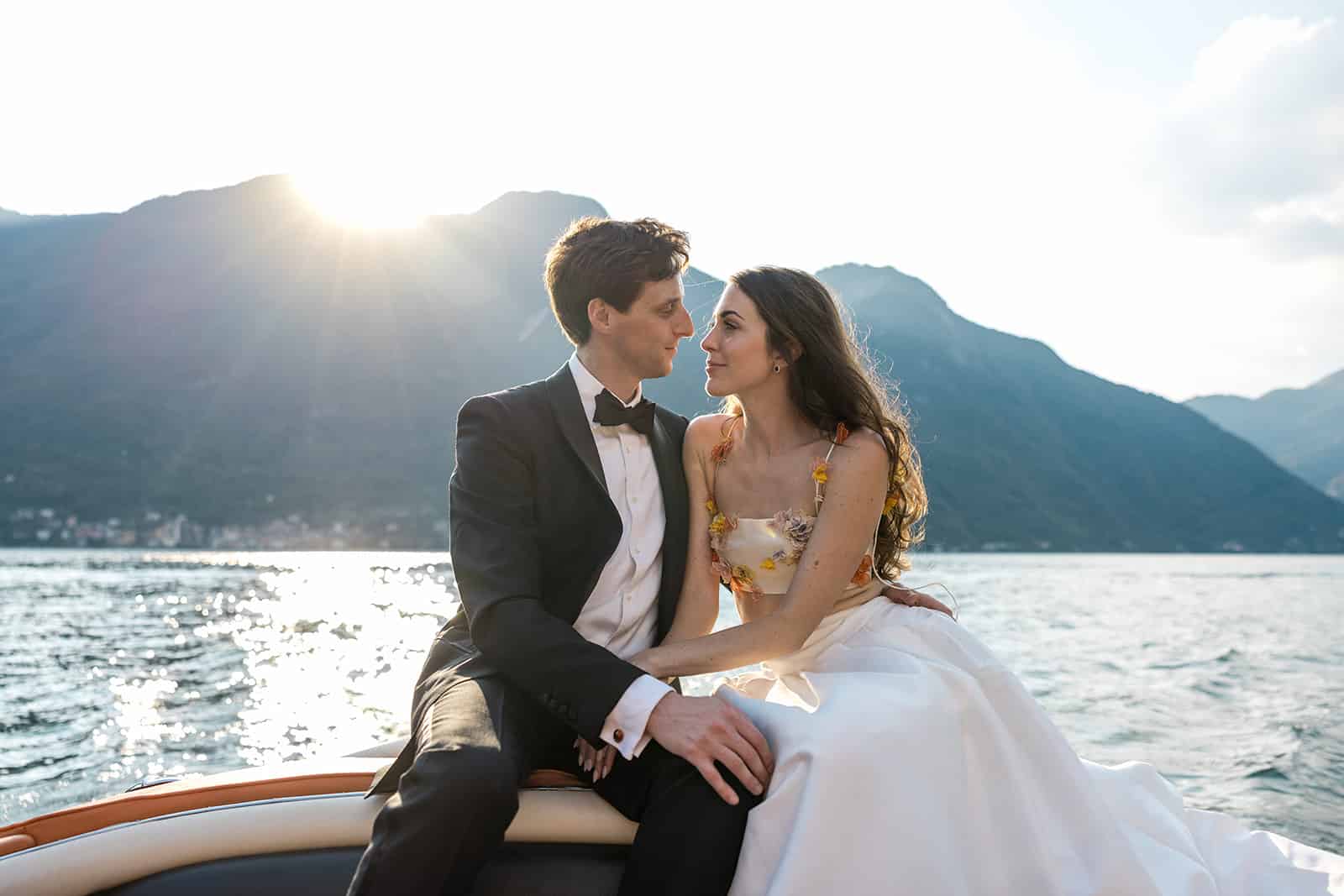Okay, yes. An experienced wedding photographer is the one who sets up their camera equipment for an amazing shot. They’re the ones that compose an image before they ever press a button.
But they still have to have awesome wedding photography gear that can keep up with their talent and experience! And I’ve spent years trying new camera gear and figuring out what works best, especially when traveling to photograph weddings.
Now, I’m sharing a sneak peek of what’s inside my camera bag so you can add the best destination wedding photography equipment to yours!
I am not paid to talk about or endorse any of the equipment in this post. These are thoughts, opinions, and advice strictly based on my experience as a destination wedding photographer. Some of the links in this post are affiliate links, which means I may make a small commission when you click the links and purchase, at no cost to you.
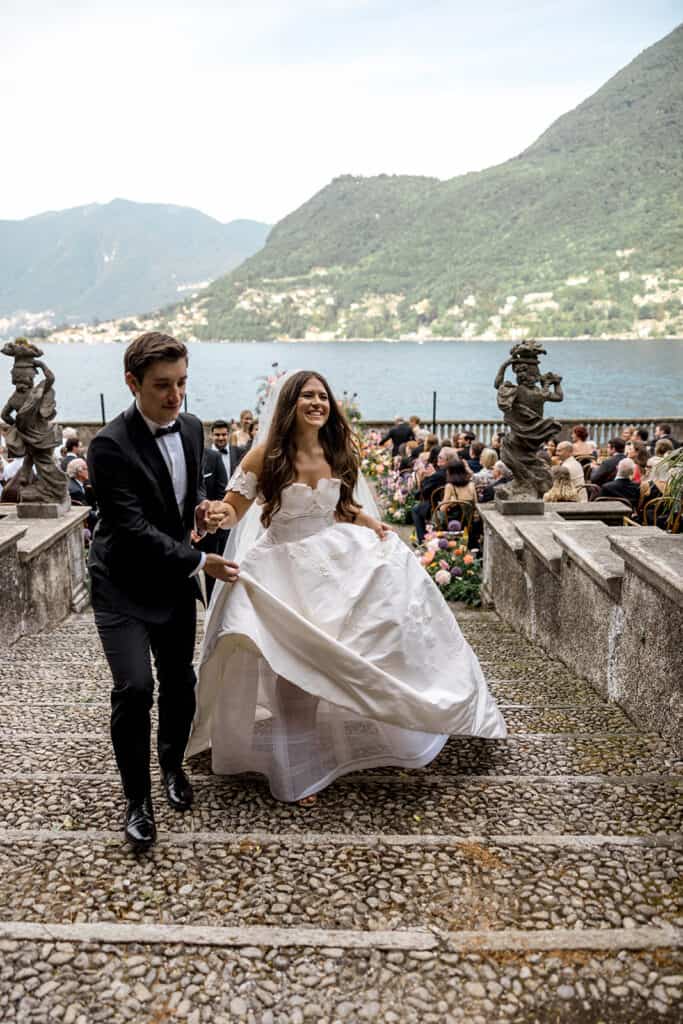
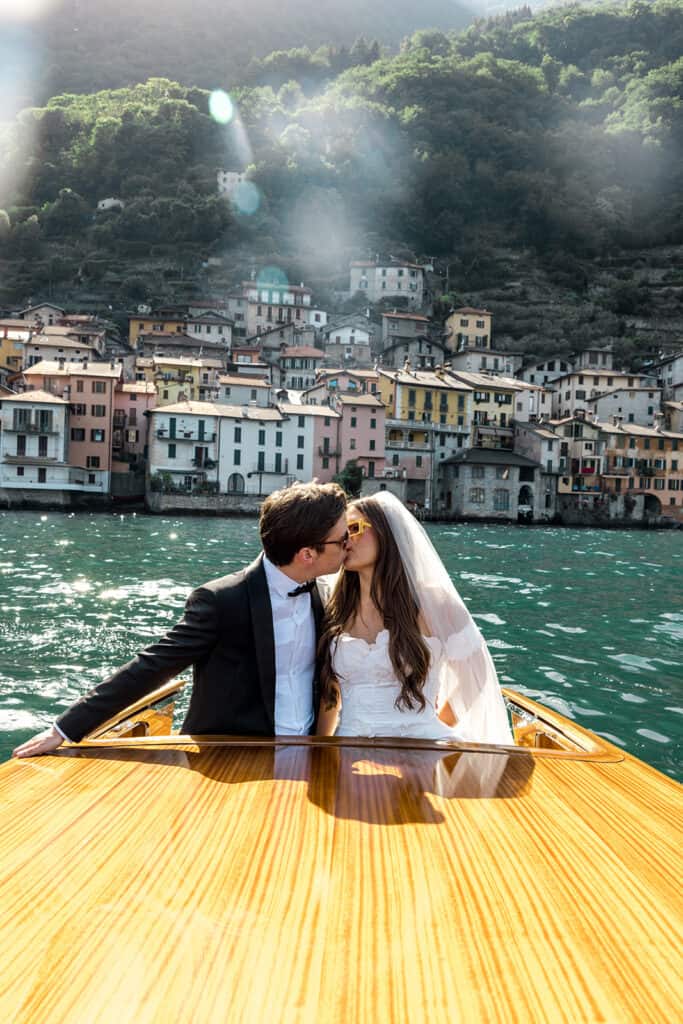
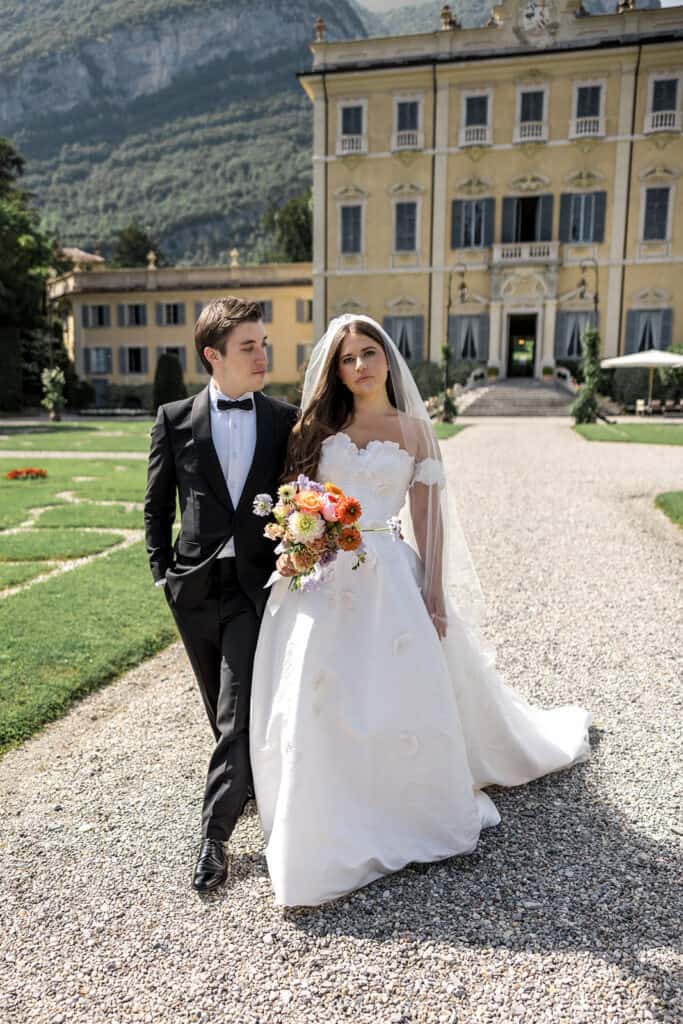
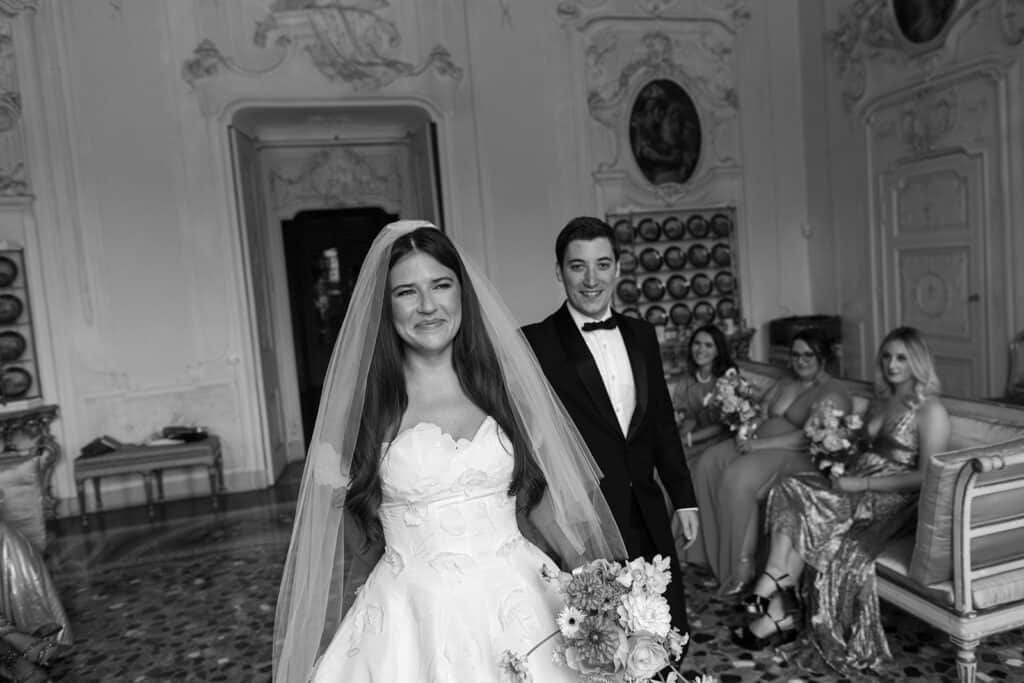
- Shooting Solo vs. with an Assistant
- The Best Camera for a Destination Wedding Photographer
- Which Lenses Should You Use as a Destination Wedding Photographer
- Lighting Equipment to Have On-Hand
- Do You Need a Tripod for Wedding Photography?
- Make Sure Your Photos are Locked In with the Right Memory Cards
- Necessary Accessories for Your Destination Wedding Photography Equipment
- How to Travel with Your Destination Wedding Photographer Must-Haves
- What to Do In Case of a Wedding Photography Equipment Emergency
Pro Tip: Remember, Less Is More
Before I really dive into what I recommend for your upcoming destination weddings, I have to make sure we start with this.
After all, the point of being a destination wedding photographer is that you’ll travel the globe! But with that comes many more constraints than a typical wedding photographer faces.
You’ll have to think about carry-ons, checked bags, and weight limits at the airport. Not to mention, you’ll have to think about the risks of traveling with expensive equipment.
So my biggest pro tip for you when it comes to essential wedding photography equipment: less is more.
Bringing less equipment makes your life and your traveling experience so much easier. That means you’ll have to make some tough decisions, such as which lenses you should prioritize. But it’s a necessary part of this awesome career you’ve chosen!
Just remember – when it comes to packing for an upcoming destination wedding trip, don’t overpack. Pack what you know you need, and then work with what you have on the wedding day!
Shooting Solo vs. with an Assistant
How I shoot when I’m by myself is a little bit different than when I’m with Vic or a second shooter. When it’s just me, I’m much more limited in what I bring because I won’t have the extra help to carry everything around.
So, if I’m shooting solo, my equipment list includes:
1x Canon R5
1x Canon R6 Backup
1x Canon RF Lens 28-70mm f2.0
1x Canon EF 24mm prime (As Backup in an Emergency)
OR
1x Canon RF 50mm prime (As Backup in an Emergency)
If I have Vic there to help me, then I’ll expand what I bring along. His lenses complement mine so we can create a variety of image styles for the client’s gallery. With him, our list includes all of the above, plus:
1x Canon R5 (Vic’s camera)
1x Canon R6 (an additional to backup mine)
1x Canon 70-200mm
And both the 24mm prime and 50mm prime from above.
How Many Cameras Does a Wedding Photographer Need?
It’s essential for a wedding photographer to have at least two cameras. The primary camera is used for the majority of the shots, while the backup camera ensures that you’re covered in case of any technical issues.
Having two cameras also allows you to switch between different lenses quickly, capturing a variety of shots without losing any moments.
Why Do I Carry More Than One Lens?
Primarily, I use my 28-70mm lens for almost every part of the wedding if I’m by myself. But I do bring either a 24mm or a 50mm prime along in my full equipment bag just in case of an emergency.
Those prime lenses aren’t exact replacements for my 28-70. But if something should happen to my favorite zoom lens, I know that I can still complete the wedding with either the 24mm or the 50mm prime!
The Best Camera for a Destination Wedding Photographer
Your camera body is the foundation of your whole wedding photography gear checklist! And to capture those incredible moments, you want to make sure you have the best camera for wedding photography that can handle speed and accuracy.
That’s true for any wedding photographer. But as a destination wedding photographer? You also want to make sure that you’re not having to lug around heavy camera bodies just to get those epic shots.
I felt the same way, which is why I switched to Canon’s mirrorless line. In my camera bag, I carry two Canon R5s – one for me and one for Vic. Plus, I keep a Canon R6 as my backup.
DSLR cameras are known to add a substantial amount of weight for any photographer. And when you combine that with travel constraints? Well, it’s not the greatest combination.
But the mirrorless cameras, like the ones I use, are phenomenal. The camera bodies are lightweight which is amazing for a wedding photographer who has to carry them around all day. But, I have to admit, the lenses are heavier – so be prepared for that.
Plus the auto-tracking feature allows you to quickly get your couple into focus and keep them there. And that means your job as their wedding pro gets so much easier.
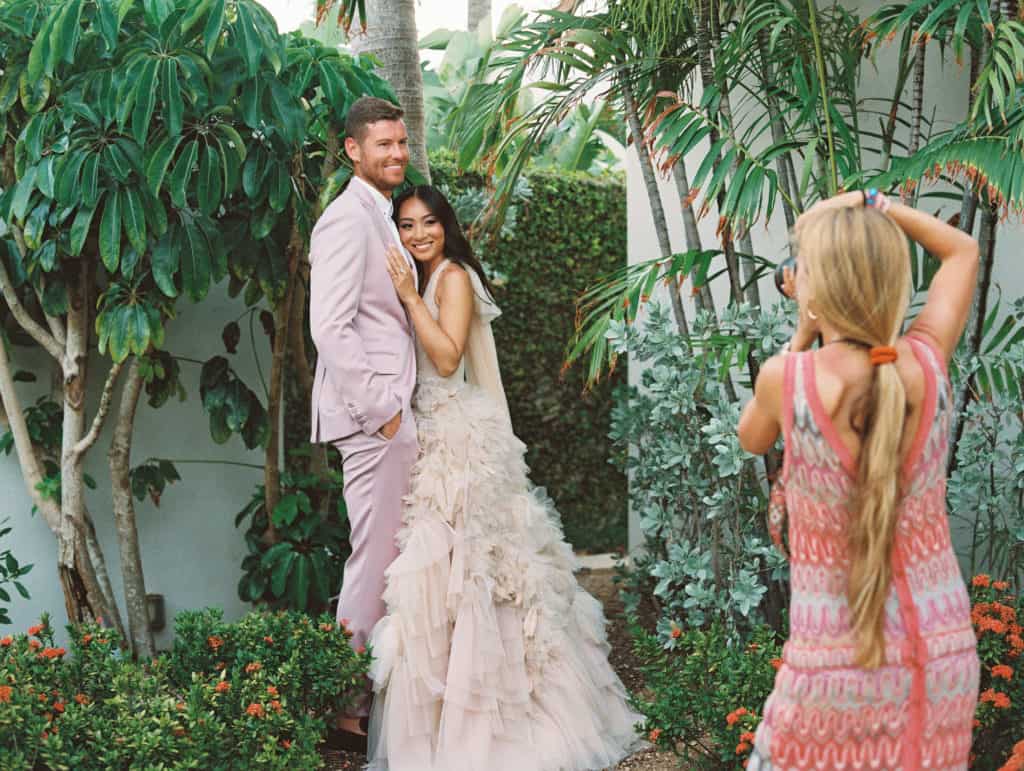
Don’t Forget a Backup Camera Body
For just about everything on your wedding camera gear checklist, make sure you have a backup or an alternative. That way if something goes wrong like a camera body dies, you have a spare that you can lean on.
I say this because it’s happened to me, and it was a hard lesson learned! A few years ago, Vic and I were photographing a couple at Amangiri. At the time, I was working with a Canon 5D4, Vic had a Canon 5D3, and we had one Canon 5D3 as a backup.
During the middle of our session, Vic’s primary camera failed. And when he went to pull out his backup, that one failed, too!
He and I learned quickly that we each needed to have a backup camera body and a Plan B in place for every wedding.
You don’t have to have a full-value replacement. But you do need something that can be a good substitute! For example, my Canon R6 is my backup to my Canon R5.
If your camera body can’t be found easily at a local store or if it can’t be replaced, then be sure to pack it in a carry-on so you have eyes on it at all times.
Do You Need a Full Frame Camera for Wedding Photography?
While a full frame camera is not strictly necessary for wedding photography, it does offer significant advantages.
Full frame cameras provide better image quality, improved low-light performance, and a wider dynamic range. These features can be particularly beneficial for capturing the intricate details and varying lighting conditions often encountered in weddings.
Which Lenses Should You Use as a Destination Wedding Photographer
Having a variety of options for lenses on a wedding day means you can get super creative with the moments you capture (and how you capture them)!
From macro lenses that help you get up close and intimate to wide-angle lenses to help you get those epic destination shots, having the right lenses in your camera bag is key.
Prime Lenses vs. Zoom Lenses
Like many photographers (in general), I love prime lenses. While I work to set up, frame, and compose every photograph, prime lenses work to create the beautiful image I’m already imagining. They’re so well-known for their tack-sharp focus and the creamy bokeh in the background.
But, as a destination wedding photographer, I had to really think about my priorities. Because if I only used prime lenses, then I’d have to pack 6 or 7 lenses, instead of only 2 or 3.
And constantly switching from one prime lens to another adds wear and tear to cameras and lenses, and adds another way for dirt and grime to get on the sensors. Some photographers like to walk around with 2 cameras at the same time so they’re switching their lenses fewer times.
While it works if you’re the only photographer for the day, I don’t personally like this method. It’s so hard to keep updating settings on the fly. Plus, it gets super uncomfortable walking around with two giant cameras and lenses on your body.
WHY I LOVE ZOOM LENSES
As I’ve gained more experience as a traveling wedding photographer, I’ve started switching to zoom lenses. It’s been so much easier to travel with 2 zoom lenses and prioritize 1 prime lens.
And if it’s just me, and I don’t have Vic or a second shooter to assist me, I only use my 28-70mm. The f2.0 is a game changer, and I can shoot an entire wedding day with just that one lens. I’ll carry my 24mm in my camera bag as a backup, just in case! It works in a pinch and I know I can still capture the most important moments on that lens if I have to.
If you’re currently building out your destination wedding photography equipment, then I highly recommend looking into zoom lenses over primes – especially the 28-70mm f2.0!
The Lenses I Use As a Destination Wedding Photographer
Like I mentioned, I have moved away from mainly carrying prime lenses in my destination wedding photography bag. Instead, I opt for versatile zoom lenses that still have a low enough F-stop to produce beautiful bokeh when necessary.
I do still pack a prime lens or two just to add more variety and interest to my photographs!
My favorite lenses I use as a destination wedding photographer are:
Canon’s RF 28-70 f2.0
I know, I know. It’s a super big lens. But it’s so versatile. I think of it as my trusty 4-in-1 lens. With it, I get the benefits of a 24mm prime, 35mm prime, 50mm prime, and 85mm prime. So you can cover everything from getting ready photos in small rooms, large bridal party portraits that need a wider angle, and those stunning close-up couple’s portraits.
While it’s not the 1.4 and 1.2s of some prime lenses, the F2.0 on this lens is still pretty incredible. I still create some amazing bokeh and get crisp, deep depths of field for those epic location shots.
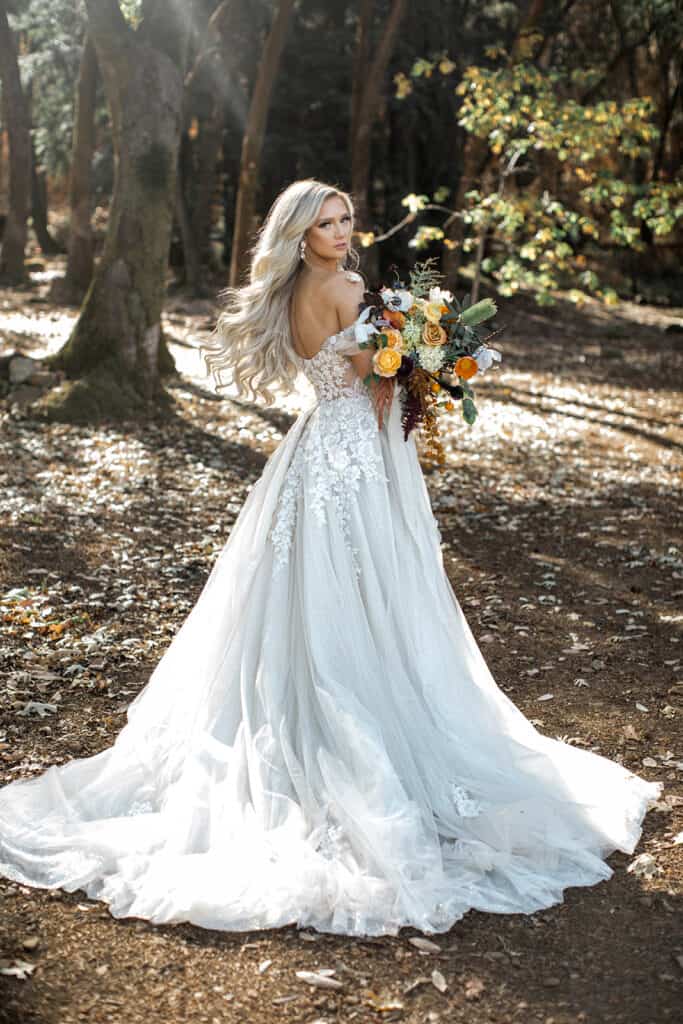
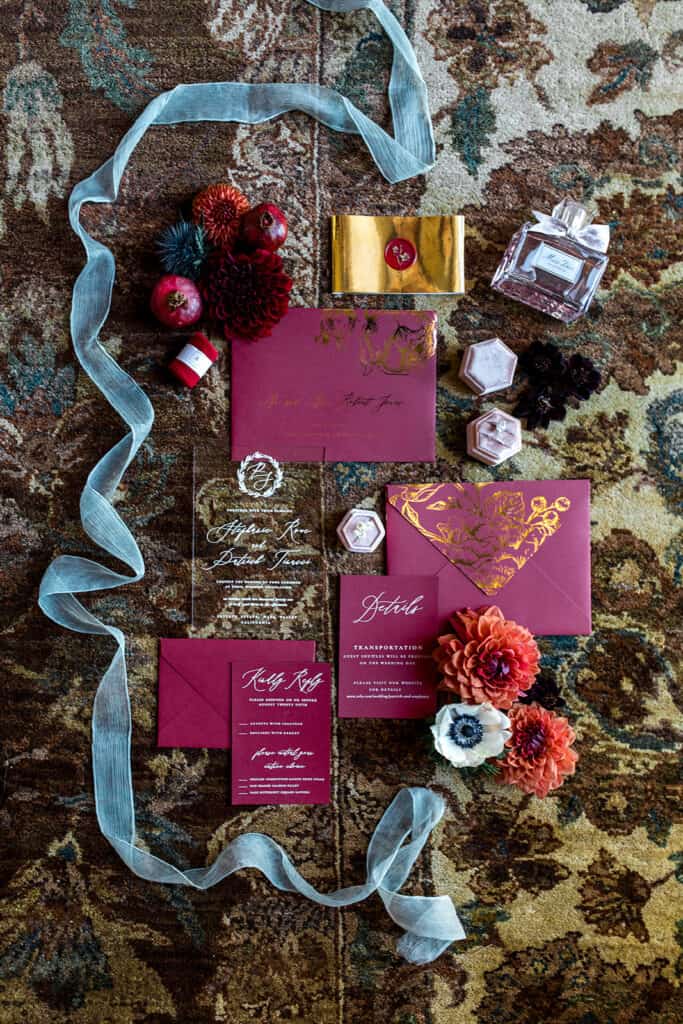
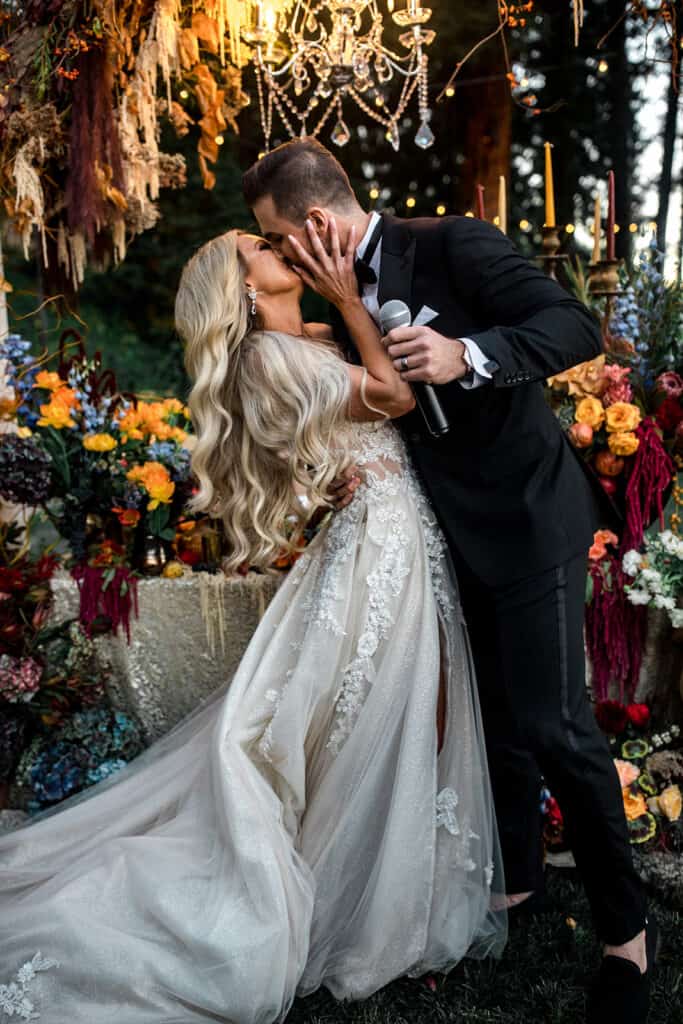
Canon’s RF 70-200 f2.8
This is another big lens, but I think almost any wedding photographer will tell you the same thing: it’s necessary on a wedding day.
The amount of zoom on the 70-200mm lens means taking detailed photos of the ceremony (while not being directly in the way of guests) is a total breeze!
Vic and I share this lens throughout the wedding day, and it’s honestly just as versatile as the 28-70. We capture everything from ceremony photos to portraits to close-ups and detail photos.
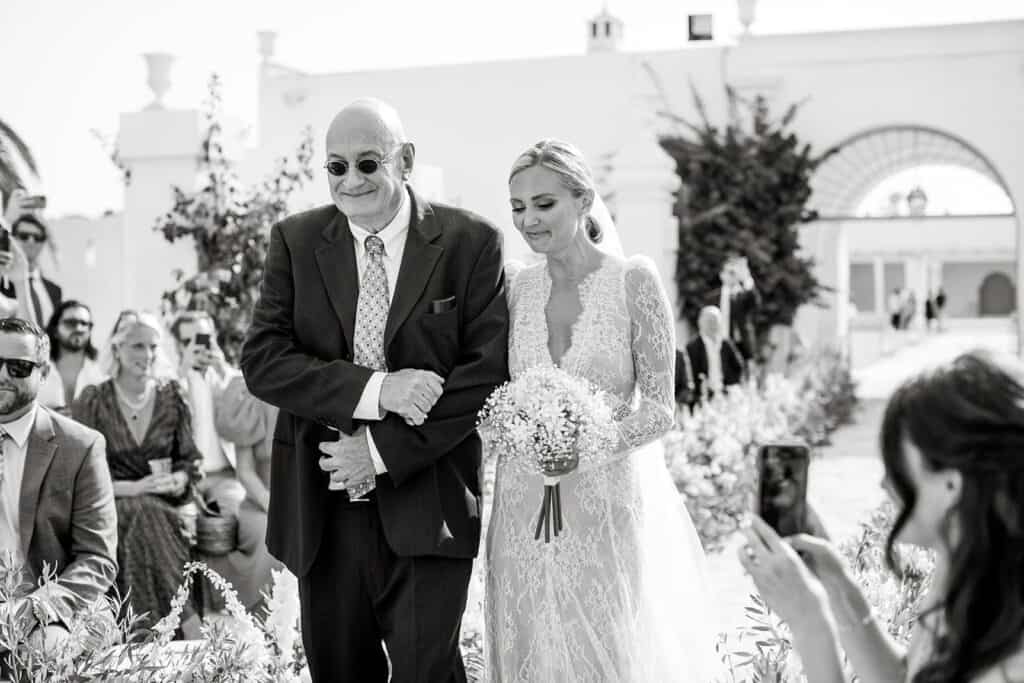
Canon’s EF 24mm f1.4
And because I can’t totally part with my prime lenses, I do typically bring my 24mm f1.4 along with me!
I love having this one because it’s the perfect lens for portraits that need more room. Whether you’re in a cramped getting ready-space, you have a large wedding party, or you just want a little bit more of the location in the background, this lens does the trick.
And, it turns out, a lot of moments need that extra wiggle room! So, while I usually have my 28-70, Vic uses the 24mm to get those additional moments for me.
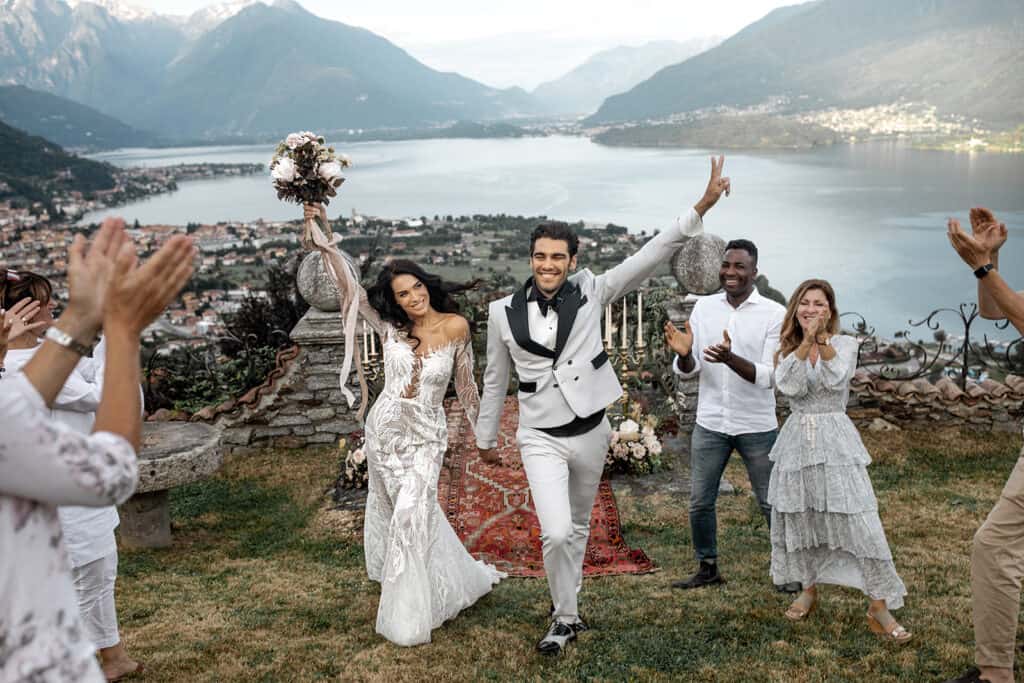
Lighting Equipment to Have On-Hand
This is one of the most intimidating parts of a destination wedding photographer’s equipment. So many photographers prefer shooting with only natural lighting. So having artificial lighting equipment feels overwhelming at first.
But the problem is – your photography services may last a full day! If that’s the case, then you may be capturing a reception at night or in a dimly-lit reception venue. And then you’ll need that extra light to make sure your photos look incredible.
So, lighting equipment is a wedding photography must-have! Here are the tools I use:
Speedlights
When you hear “lighting equipment,” this is probably the number one thing you’ll think of. Having reliable speedlights (also known as “off-camera flashes”) will help you illuminate any dark or dimly-lit locations.
My top two that I carry with me for every destination wedding:
- Canon 600 II Flash (I carry this one with me)
- Godox V1 Flash (Vic uses this one when he shoots with me)
The Canon runs on AA batteries, which are very accessible (not to mention, inexpensive) for your upcoming weddings. And if you need to prioritize as you’re building out your wedding photography equipment list, I highly recommend opting for the Canon first.
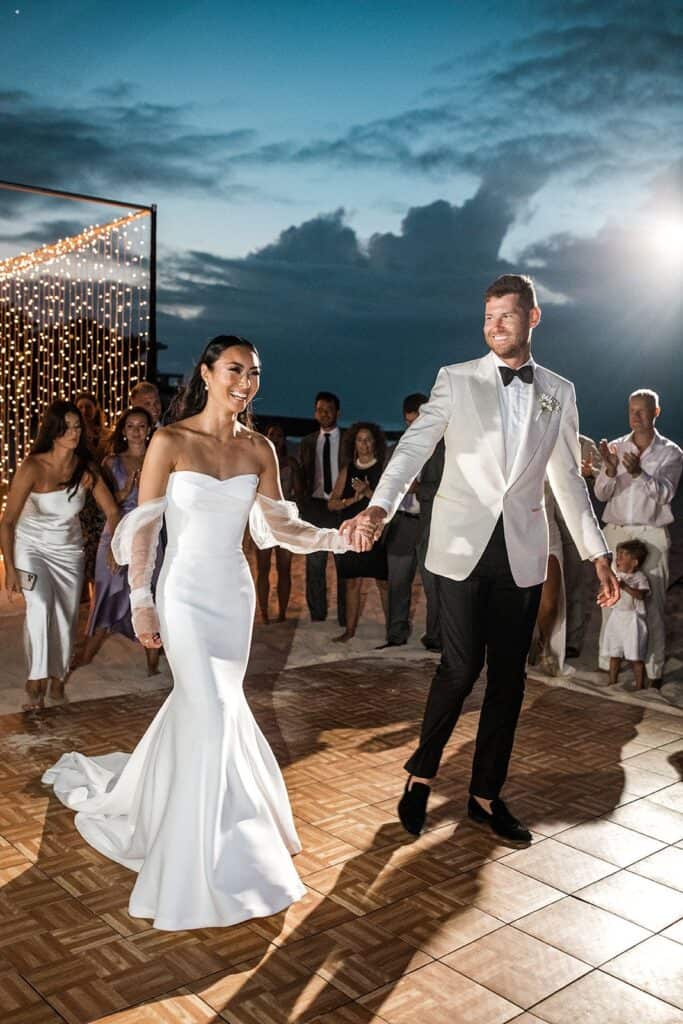
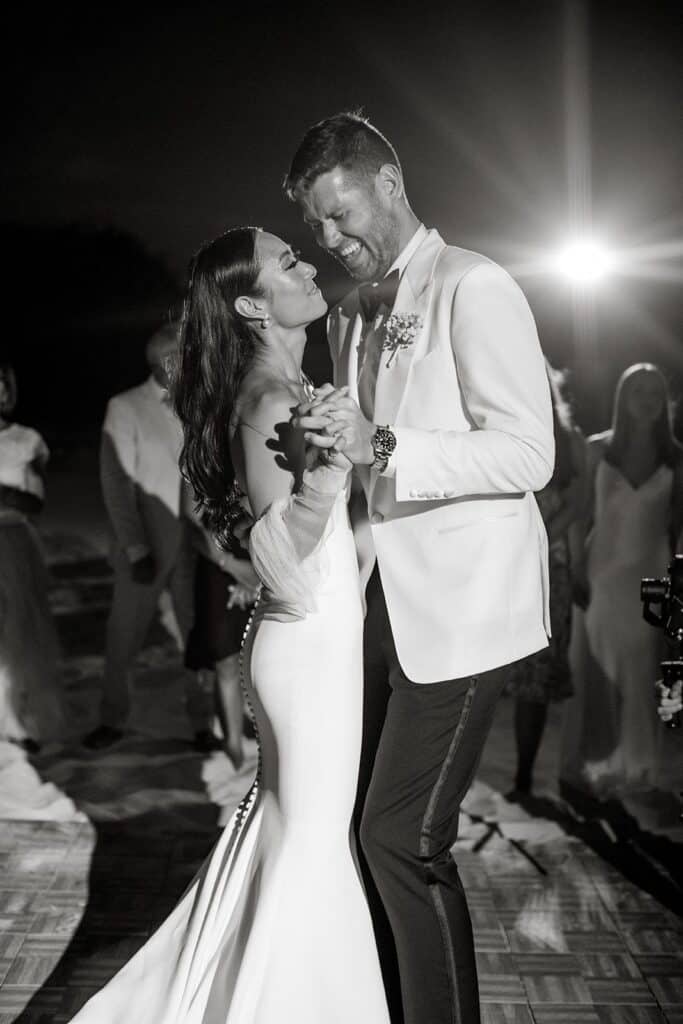
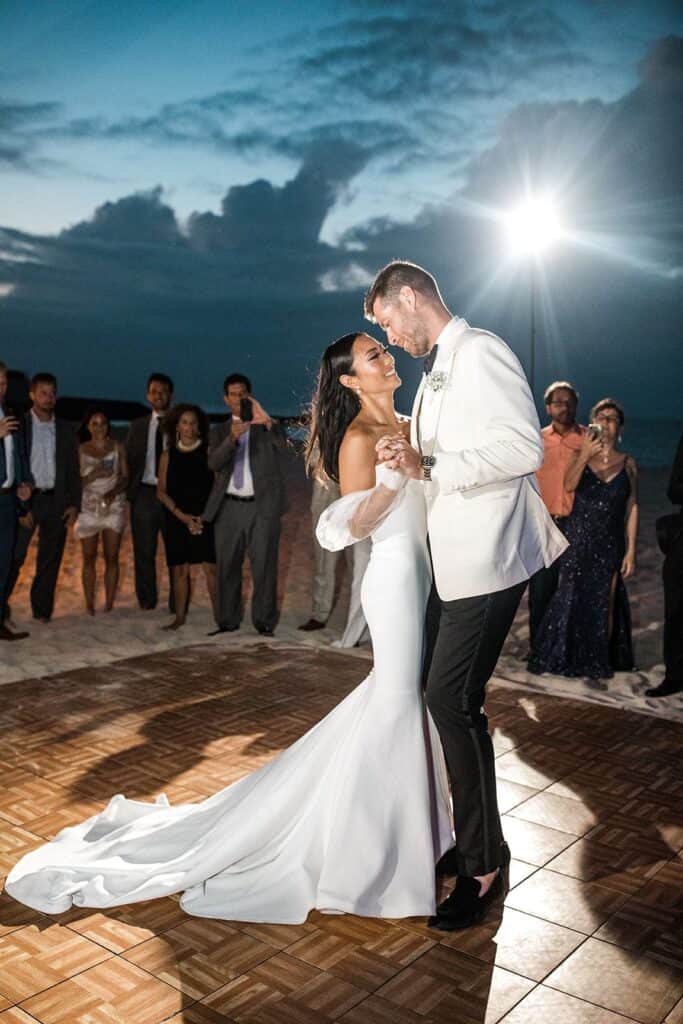
Do You Need a Tripod for Wedding Photography?
A tripod can be very useful in wedding photography, especially for certain types of shots. It’s essential for capturing steady, long-exposure shots, group photos, and during the ceremony where movement is limited.
However, much of destination wedding photography requires flexibility and mobility, so having a lightweight, portable tripod is ideal.
Make Sure Your Photos are Locked In with the Right Memory Cards
Of course, your camera needs something to record all of those amazing photos before you can move onto your editing workflow, right? Although they’re (literally) a small part of your wedding photography must-haves, they’re one of the most important.
So you don’t want to skimp here. Because if your memory cards malfunction, there’s not a whole lot you can do to restore lost photos.
The Canon R5 and Canon R6 both have multiple slots for memory cards. The Canon R6 has two slots for two SD cards. And the R6 has one slot for one SD card and one slot for one CF express card. I recommend filling all of those slots and double recording your photos as you capture every moment. That way, if one SD card becomes corrupted, you have a backup on the other (and vice versa).
The Memory Cards I Recommend As a Destination Wedding Photographer
Imagine you’re photographing the bride and her father walking down the aisle. It’s a very fast moment that you only have one shot at! Now, imagine you’re using memory cards that are on the slower end. You take one photo, and as you go to press the shutter button again, you notice it doesn’t click down all the way. Quickly, you look at your monitor, and it pops up with a “Busy…” status on it – all because it’s trying to record the previous photo before it takes another one.
That’s a horrible issue to have to deal with on such a fast-moving day!
That’s why, for both SD and CF cards, I recommend Sandisk Extreme and Extreme Pro. The read and write speeds of this line (the Extreme and Extreme Pro) are some of the best available. And that means that I never have to wait on my camera to properly store something while I’m shooting.
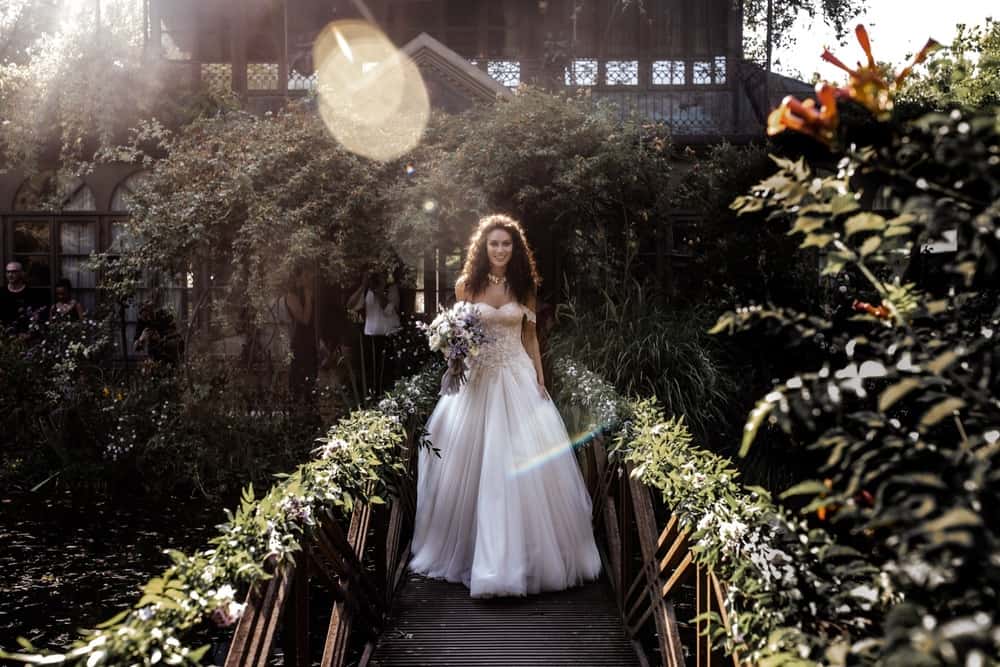
Necessary Accessories for Your Destination Wedding Photography Equipment
Over the years, I’ve really narrowed down what Vic and I carry when we travel for weddings. Planning for back-to-back events and traveling with all of the equipment gets exhausting after a while. So, only bringing what’s absolutely necessary has become very important to us!
But there are a few accessories that you’ll want to pack to make sure everything goes smoothly for your upcoming weddings.
These are the ones that I always have on hand:
International Charger
If you’re taking destination weddings, then chances are you may end up traveling to other countries. And one thing you’ll find out fast is that not everyone uses the same electrical outlets!
So when you go to charge your camera batteries and AA batteries for your speedlights, you have to make sure that you have an adapter or an international charger.
AA Batteries
Like I mentioned, the two speedlights I use most often run on AA batteries. That’s usually great for me because I don’t have to worry as much about other battery packs. I take plenty of these to make sure I have enough power to last through any dimly-lit scenario.
I also like having a battery charger so I’m not using as many AA batteries. It’s a great, eco-friendly option!
Camera Batteries
Of course, you have to have your camera batteries. And on long wedding days (or weekends, if you’re shooting multi-day events or back-to-back events), you need plenty of juice. That’s especially the case with the mirrorless cameras – they eat through battery power!
So I pack many, many, many spare camera batteries to get all three of my camera bodies through the day. In case I do have several events lined up, I know I’ll always have a charge available.
Lens Adapters
This depends on the type of camera you use. But not every lens will fit with every camera body. For example, if you have a full-frame camera body, but you don’t have full-frame lenses, you’ll need a lens adapter that bridges the gap between the two.
And if you’re like me, and you have a mirrorless camera, you’ll need an adapter for your non-mirrorless lenses and your mirrorless camera body to make them compatible. Having a lens adapter means you can save money by buying the “old” lenses and still use it on the new mirrorless bodies, instead of spending money on the “new” lenses specifically for mirrorless bodies.
Plus, having an adapter handy means you’re more prepared in case you need to use a different lens line in an emergency situation.
Card Readers
After you’ve captured everything on the wedding day, you’ll need to upload all of your photos to your computer. So don’t forget to add card readers to your essential destination wedding photography equipment list. I have one for my SD cards and one for my CF cards.
Trolley
With so much equipment to take to any location for a wedding, you’ll need something to carry it all in. Since Vic and I shoot together, we love having a trolley to hold all of our equipment.
It’s easy to maneuver and roll around, instead of having to carry a bag with all of our gear in it as we travel for weddings. If you have a second shooter or if you shoot in a pair, then I recommend a trolley. If it’s just you, then you’ll be totally okay traveling with a durable, reliable camera backpack.
Camera Bag
If you’re traveling solo, then you may be able to use your traveling backpack as your camera bag on the wedding day. But if you’re using a trolley, then you’ll want a sturdy camera bag to take with you on the wedding day.
It makes getting ahold of equipment like a spare camera battery and a different lens much easier. You won’t have to worry about running back and forth from where your equipment is stashed to where your couple is.
How to Travel with Your Destination Wedding Photographer Must-Haves
What Type of Bag is Best for Carrying Wedding Photography Gear?
A durable and spacious camera bag is essential for wedding photographers. Backpacks are great for distributing weight evenly and providing comfort during long shoots, while rolling bags are ideal for larger gear setups and ease of transport.
Look for bags with customizable compartments, padded protection, and easy access to photography gear. Some photographers prefer sling bags for quick access to their cameras and lenses.
Photography Equipment In Your Carry-On
There are several reasons why I always recommend taking all of your camera gear in your carry-on.
The first is that your cameras’ batteries are made of lithium-ion batteries – and those can’t be checked anyway!
Secondly, your camera equipment (along with your talent, skills, and expertise) is the reason why you’re traveling. So you don’t want to lose it due to a mistake on the airline’s part. And you definitely don’t want it getting damaged during flight time.
And lastly, all of your gear is incredibly valuable. Should something happen to your equipment while you’re traveling, it will be expensive to replace it all! So even if the airline’s flight attendants ask you to check your camera gear, you must stand your ground.
Explain the value of the equipment and remind them of the lithium-ion batteries. Then, offer to keep your bag under your seat or in the overhead compartments.
Make sure your traveling backpack has plenty of padding and security for the camera bodies and lenses.
Don’t Put Photography Gear In Your Checked Bag
Your checked bag, if you’re traveling with one, can hold all of your personal belongings. This way, you can make room for all of your necessary camera equipment in your carry-on bag!
What to Do In Case of a Wedding Photography Equipment Emergency
It’s the part of being a destination wedding photographer that everyone dreads… An emergency, where you’re left without the right equipment.
If it happens to you, don’t worry – you’re in good company because it’s happened to most of us. In fact, right before I captured this Joshua Tree elopement, all of my photography gear was stolen out of my rental car.
So having an emergency plan in place is necessary, especially if you’re planning to travel as a wedding photographer.
Here’s what I do:
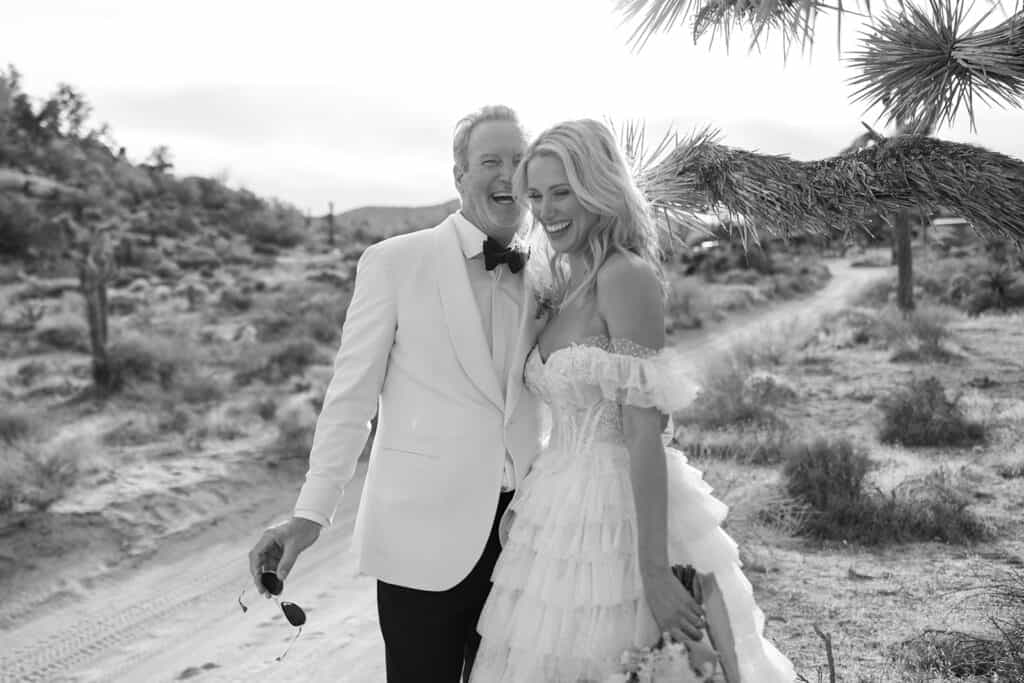
Research the Location
Once a couple books their wedding date with me, I start researching the location. I try to find the closest electronics stores that might have last-minute equipment, should I need it.
Often, big box stores won’t have everything you would likely need. But they may have options for things like memory cards, card readers, and even batteries if you need them.
Know the Closest Rental Store
Should disaster really strike, knowing the closest rental store for camera gear is a must. These locations will probably have exactly what you need, or at least comparable equipment.
In the case of the Joshua Tree elopement, I rented all of the equipment I would normally use at a local camera store.
Pack Accordingly
I know I’ve already mentioned it, but it’s definitely worth repeating – especially after you know what local stores are around. If there aren’t any closeby rental stores or big box electronics stores, then pack your carry-on accordingly.
Rent Online If You Need To
And don’t forget good old technology! If you’re in a bigger city, you may have more options for renting your wedding photography equipment.
So if you need to, don’t forget to check if you can rent gear online and have it shipped quickly to your hotel. For a wedding I captured in Miami, that’s exactly what I did using this site.
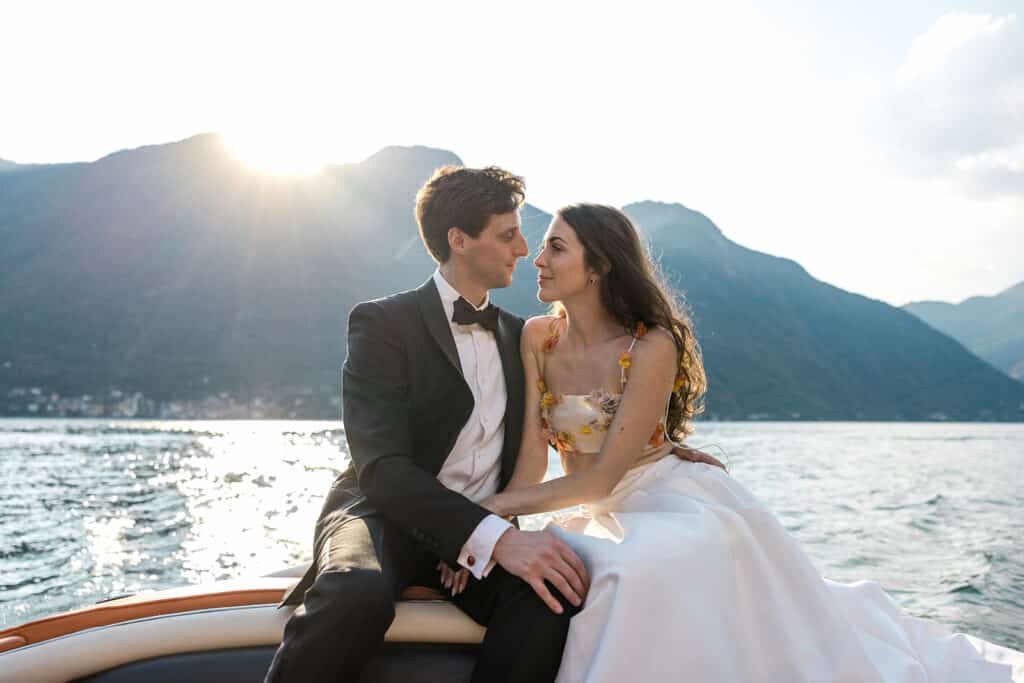
The right destination wedding photography equipment will help you create amazing photos for your clients, and it will make your job so much easier.
And if you’re currently building your destination wedding photography business, then knowing the right equipment (and when to use it) is the tip of the iceberg. I cover everything you need to know about becoming a successful destination wedding photographer in my signature course!
